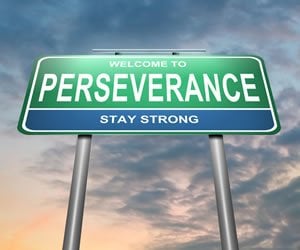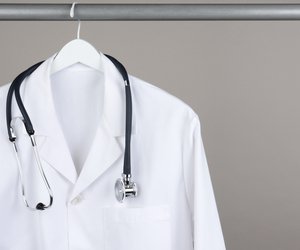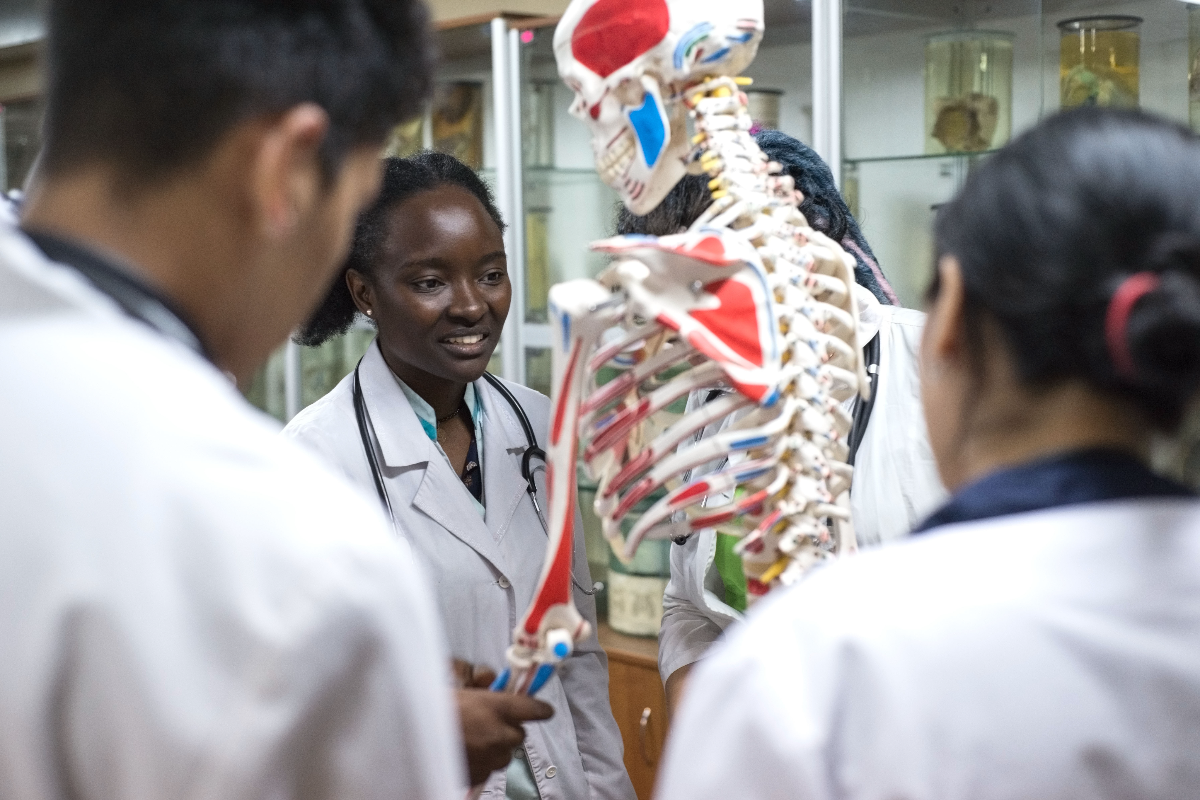Make sure to check out Part I here!
The remaining day
Following rounds, teams will typically “run the list,”or quickly review the to-do items discussed during rounds and delegate the work as necessary. Since medical students typically cannot input orders, which include things like prescribing medications, scheduling diagnostic imaging and tests, and requesting labs, this usually involves more administrative tasks: obtaining medical records from outside institutions, following up on tests, and other ancillary tasks. Most rotations also incorporate some form of formal teaching in the curriculum. As such, students may be expected to attend lunch lectures with residents or may have their own lecture schedules. Some attending physicians enjoy giving quick teaching sessions and will set aside 30-45 minutes to talk about a particular clinical topic (e.g., management of diabetes, working up an acid-base disturbance, and other common issues) each day in addition to the more formal teaching opportunities scheduled by the clerkship.



















